LANCER part 2: Zeta LANCER
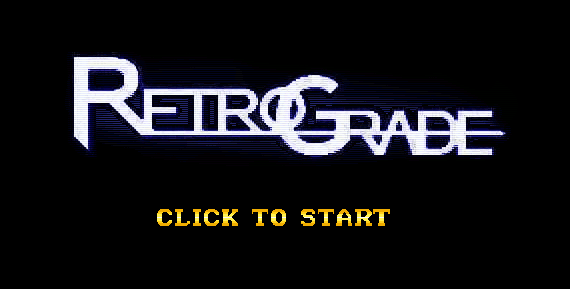
So, I have just finished up the second arc of LANCER missions and I've decided to start explaining my process here again. This is a mix of technical and creative design that I'll outline here, and I'll have myself a little sandwich of an article by the end I hope. But to start, I'd like to talk about art assets for technically minded folks like me.
I've always been pretty awful at art. My mother attributes it to my fine motor control being affected by my weird birthmark, but I don't think that's it. I think it's more that I wasn't diagnosed with dyslexia until I was basically 30, a good excuse for my handwriting being terrible, as well as my middling ability to visualize in my mind. Basically, I can't synthesize a new image in my brain without relying on things I know. If someone says "Picture an apple" to me, I'll literally picture the last apple I saw. If this is extrapolated to a character description, I'll just jam a comic book character or character from a show in my mind's eye to represent them. This is why I have a deep appreciation for animation, the ability to fully realize a character and put it to a screen, to squash and stretch them to give them life, that's magic to me.
So, when it came time to sit down and actually create assets for my game, I was scrambling for free tools and images that I could use. In my last article, I linked a hex tile image set that I use for making my maps. I will say since then I've experimented with mixing and matching tile sets, but it didn't work due to hex orientation. So instead I'll focus on the actors of the play we have, the minis.
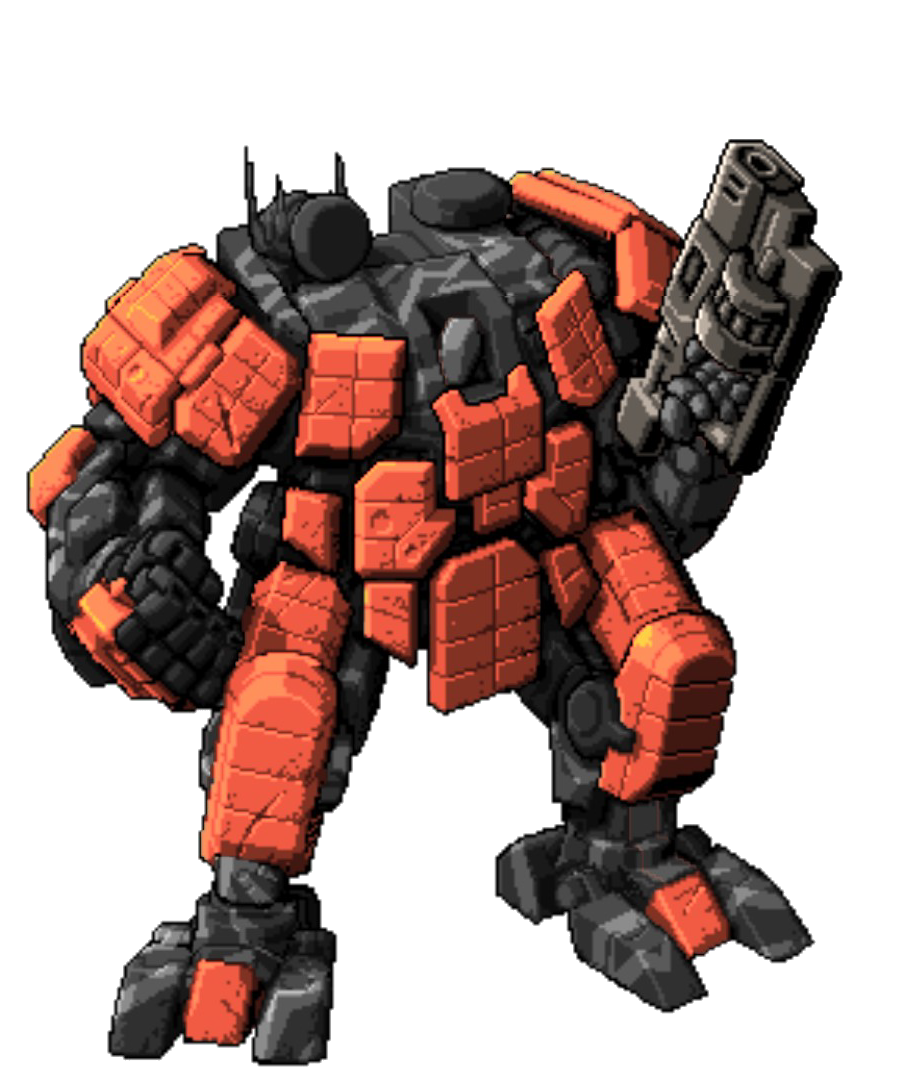
Retrograde Minis are the officially supported LANCER digital minis, and they are great for multiple reasons. It doesn't matter if you're playing in person or online, the minis work since you get them in PDF form, so you can just print them out, fold them in half, and make a little stand, or just grab the image off the PDF. The nice thing is it's a free tool, and if you spend just a little money you unlock all sorts of customization features that are fancy. Personally I'm trying to save money now, so I'll just focus on the free aspects of the program.
First of all, all the player mechs and GM NPC ones are represented here. Simply click on your manufacturer (Or for a fully custom one choose GMS SP-1) and you'll get a list of base models you can customize. You can choose flavor for head, weapons, accessories, stances, and more depending on the frame you've selected. Applying colors are a bit weird, since you need to select the color in the COLOR region and then choose the target for said color in the adjacent box,and then finally click on Apply Color. If you paid for the software you can simply download a PNG in this very screen, but if you're on the free version you click on Fabricate to add it to your printable sheet. Once you've made all the assets you desire, click PRINT up top and you'll get a PDF with all the minis lines up with dotted lines around them, letting you either copy the image from the PDF or print and cut them out.
Now, if you're lazy (Like I am most of the time) and you're playing on Foundry all of the grey, default versions of these minis are actually already imported into Foundry. Which is very nice when you're making one mission a week and not looking to do anything crazy. But if you're trying to make some weird little guys that are memorable for your players, then creating custom minis comes in handy. For example, I had a mission where the Berserker and Support mechs were technically organic, so I grabbed the minis, colored them in flesh tones, and used those instead of the defaults, so that the "Fleshcrafter" looked proper goopy. Adding flair for big baddies, giving your players access to create what they want to be represented as, these are the benefits of using RetroGrade. That and the aesthetic cohesion is built in if you get everything from the same source.
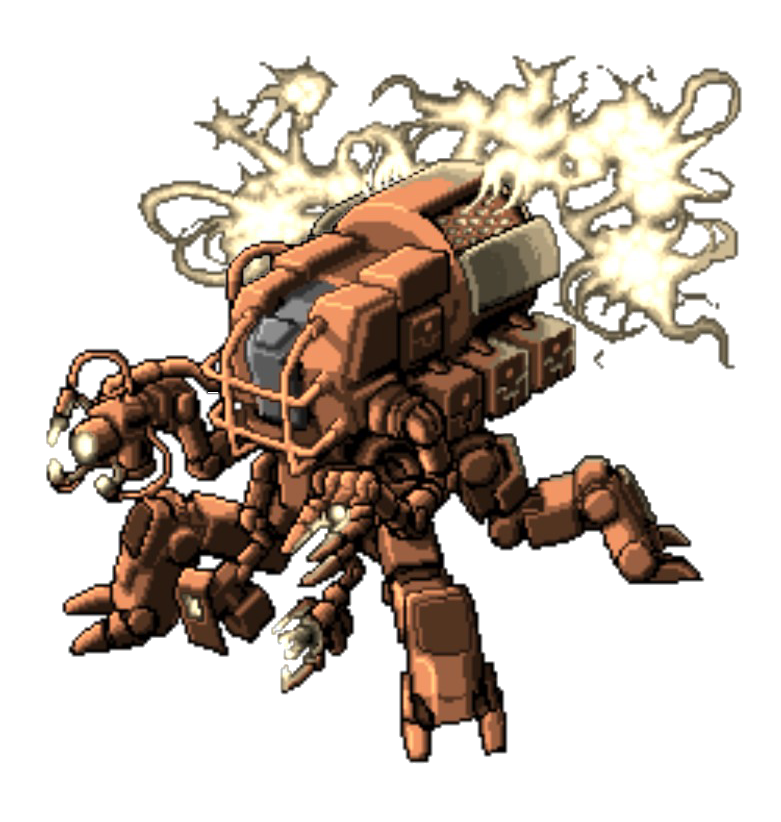
Story Design
Everyone has a story to tell, and using a world as fleshed out as LANCER's is nice for focusing on themes and ideas and letting the setting act as a backdrop. If your players are interested in the IPS-N or SSC megacorps that make their giant robots, then you have so much data available regarding them that you don't need to work on that, you just need to look it up. How I decided to use the LANCER setting was by making my own planet with its own factions and history and then putting that planet into a first contact situation with the LANCER setting. I also want to put on the record that the way LANCER's lore section is setup is chronologically, so my linear reading self got stuck a few thousand years in the past before learning about the current setting.
So, to start, we have a planet at war. Two sides of a conflict, one side is all about humanity(The good and the bad), and the other side is all about technology(The good and the bad). I grew up in a very black and white thinking Catholic family, and I wanted to examine if that black and white thinking expanded to a global scale. So we have the two nations: The Techno Oligarchy, based on meritocracy and self improvement through technology, and the Humanoid Orthodoxy, a religious empire that is focused on the power of humanity. I made sure to add in some other minor cultures, so that players didn't feel like they HAD to be either a technology sociopath or a religious fanatic. Some other details that I developed were the planet's size, gravity compared to earth, it's location in its solar system, and what the other planets would look like here.
Now, LANCER has Faster Than Light travel, but it's only instant for the user not the universe. We have a first wave of human colonists who have developed for thousands of years, finally getting into an armed conflict with one another, and then a second wave of settlers with much bigger guns show up. I think that's a very interesting seedbed for ideas, what if a new kid came into town, but insisted that you stop fighting or else it'll nuke the shit out of you. The hate doesn't just shut off, but you stop because you don't want to get nuked. What we start with is a hot war forced cold by an external force, and how would the planet react to that?
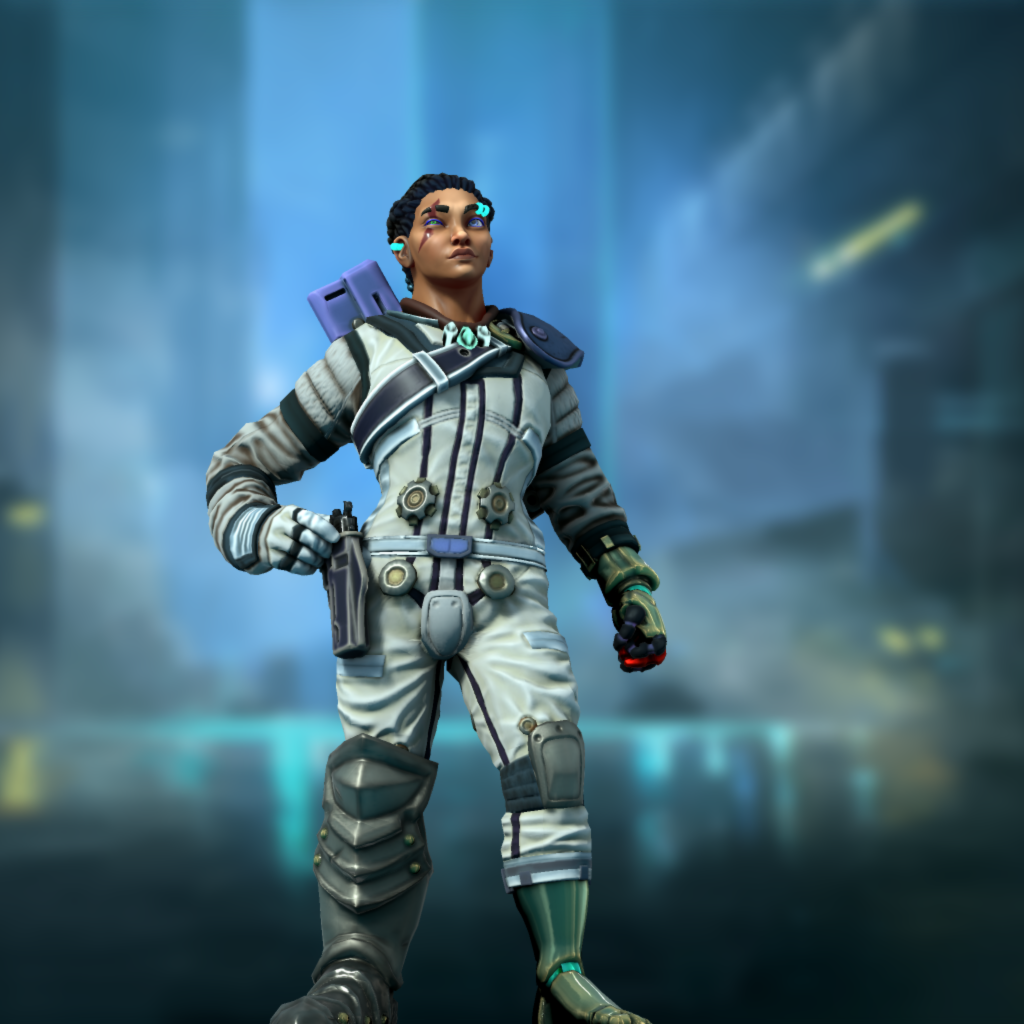
This was the focus of the first arc of our campaign. I gave the players this setup and let them develop their characters based on that. So, our first four protagonists are:
Lien Callister, callsign MORTGAGE, a noble from out of system coming into a new frontier to establish a mercenary company, as well as furthering his family's name and status.
Ebo Hammerstein, callsign RASPUTIN, a priest of the humanoid orthodoxy. Veteran of the Olio-Sanguine war and all around freaky dude.
Idre Kindall, callsign STRAY CAT, a space pirate who was press ganged into service by the Techo-Oligarchs.
Sham Lauze, callsign TIN MAN, A veteran of the Olio-Sanguine war who had his heart replaced with a machine by the Humanoid Orthodoxy.
I have four players, the overall story arc between these two warring nations set up, and four sessions to tell an interesting story in. I started with the thought of "What if each session focused on one character." This gives each player the feeling of "Oh, my character actually matters to this story" as well as giving them some runway to start their arcs on. So, we start with Lien forming the crew into the C.R.I.S.I.S. mercenary group and him spearheading the team for session 1. We follow that up with Idre's old pirate crew trying to steal a bit of land for themselves. We learn that the old crew is totally cycled out, leaving Idre nothing to return to. Next up we investigate the people who ripped out Sham's heart, uncovering a dark underbelly to the Humanoid Orthodoxy that uses technology extensively. Finally, we take an old altar boy who worked for Ebo and have them take on C.R.I.S.I.S, only to end with the enemy mercs using a bioweapon to transform them into a giant monster. This is a mystery to lead into arc 2, as well as a giant set piece fight for the players to cut their teeth on.
My advice on writing early sessions of a campaign is to spotlight each player character and give them a chance to put their character under pressure. Character shines through in stressful situations, and so creating these uncomfortable, specialized situations is the benefit of tabletop narrative. In my opinion in a collective storytelling setting, the GM is the driver but everyone else has a role on the road trip. Sure, you can plan out arcs or several missions, but don't force your players to do what you planned, give them a good reason and make them feel like they want to do it anyways. In this road trip analogy, you all have to be willing to go to Topeka Kansas together, making sure the destination isn't in question, only the paths to get there.
In-between these 4 session arcs I always touch base with the players before we get started again, and ask them what they desire out of the next block of games. One, Lien's player, was not satisfied with his character and I offered him to trade off some power to play a new character, simply because a new guy is less experienced. The group also asked for a space ship to go off planet, which I had everyone help design. Since they didn't get heavily rewarded along the first few sessions, they earned the ability to tailor the narrative with a massive reward. So, the first mission back I had them go up the space elevator they defended to check out their ship. And then some jerks had to go attack their government liaison using LANCERS that looked like theirs. This let Lien stay behind to try to smooth over relations with the government while the players chose to go off planet because they'd rather go blow stuff up than deal with local politics.
The second arc shared a very similar cadence to the first: Lien being a political being, pirates messing with the IPS-N shipping folks, a shady research ship that continued the mystery of the giant monster in session 4, and finally going back to the space elevator to defend it from their new cooperate threat, Harrison Armory. The crew found some interesting individuals in space, like a head in a jar and an upper class trucker, alongside a defense force for their ship and a space knight of the Albatross order. The funniest part of this arc was that Lien, the de facto leader, was left behind, so when asked who the captain was the players just looked at each other scratching their heads. They agreed upon a democratic leadership structure, which isn't really how ships work and how their ship was left in an untrustworthy characters hands. This lead to some off screen rolls determined if that decision lost them their ship (luck was on their side...).
LANCER as a system is much more focused on the tactical combat side of things. I understand that some other books try to flesh out the RP side of the game, but instead I make sure that every character gets some downtime to flesh themselves out. Mostly it winds up with them getting a damn drink and turning the scene into a post-arc One Piece feasting scene. Sometimes they mess around with starting a company or getting a stillsuit, but mostly they just want to release stress, which I get. As the GM, use not only the tools the book gives you but also your own desire to see the player characters in fun RP situations.
So, lets summarize the lessons we learned before diving back into the technical bread to this sandwich. First of all, being a GM doesn't mean being an overlord or master writer, it just means that you're guiding your players into a challenge that you set up, and they have a say in where the story goes. Giving each player a spotlight session helps them understand their characters better and gives the GM some control over the aspects they didn't think of, like characters they interacted with in the past or maybe even future friends. Rolling off screen, either a coin flip or having two dice to roll against each other, helps add a bit of randomness to the narrative that will surprise the table. Lastly, make sure you are all working together to have a good time. Wrangling the schedules of 5 adults to have 4 weeks of gaming is nigh impossible, so give them a reason to make room in their schedule for your game!
Importing Rule books
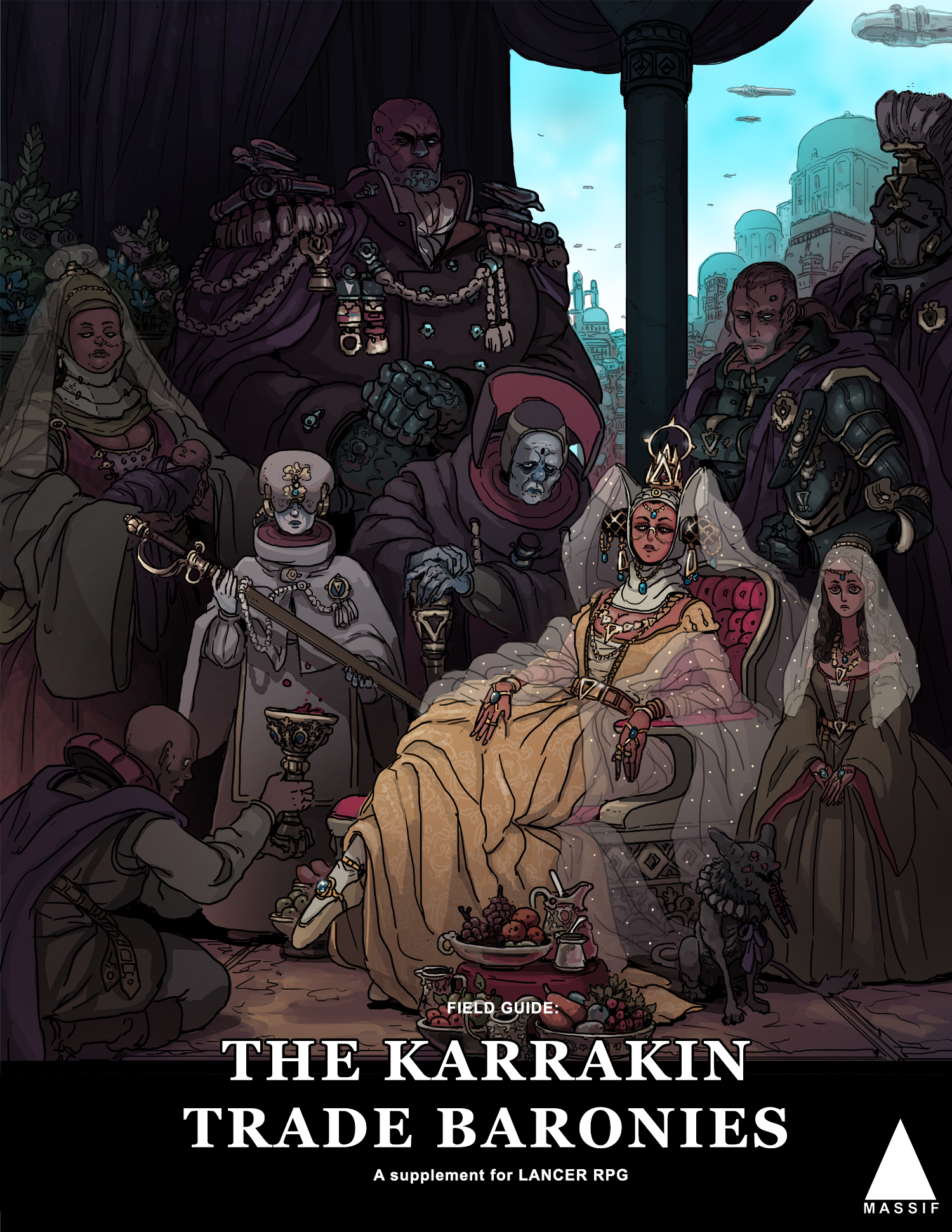
So, one of my players showed up with the Caliban License, and I was scratching my head because their gear didn't auto import to Foundry. This is because at some point I installed a few of the rulebooks, but not all, to Comp/Con and foundry. So, how do we install these things and browse their contents? We'll start at Mastiff Press's Itch.io account and clicking on each individual book on the right side of the page. On that book's page, there is a demo section which contains a JSON file of the book's new contents in an LCP format. If you do this for each book, you'll have a stack of LCP files in your downloads folder.
Now, we go to Comp/con make sure we're logged into our account (we don't need to do this multiple times, now do we?) Click on the Content Manager button, then the second tab on the top of the popup says Install Content. One by one, select each LCP file and confirm the installed content. Your content packs page should now contain all the books that you want to use, which you can now toggle on and off.
Foundry is just as easy, you just need to make sure you're logged into your comp/con account in foundry. After that, click on the Compendium tab next to the system tab. Click on the second button, the LANCER Compendium Manager, and a popup will appear. Click the Choose File button under the IMPORT/UPDATE LCP tab, navigate to those LCP files, and select them for import. You should have all the rules in your foundry now! The extra content also gives the GM a few more toys to play with, so everyone has something to gain from this minor amount of work.
LANCER RULES!
I'll try to post a new LANCER update every time we finish an arc. This way I can build up some new technical and design knowledge to share here. I hope that this article proves useful to others. Until then, keep thinking about giant robots!